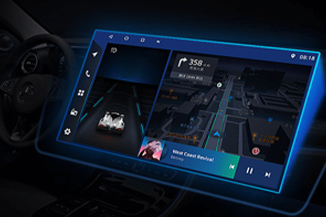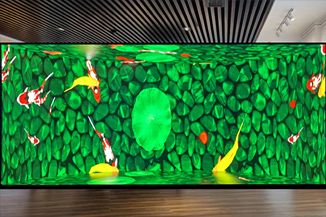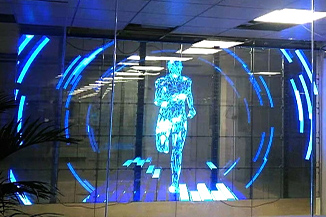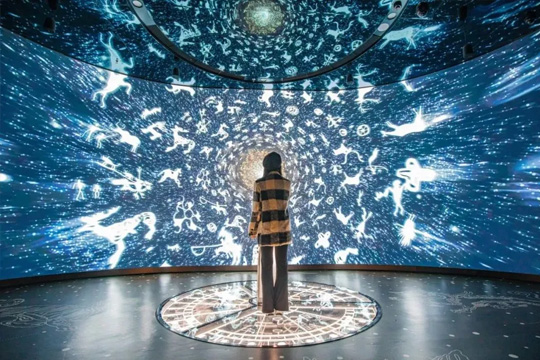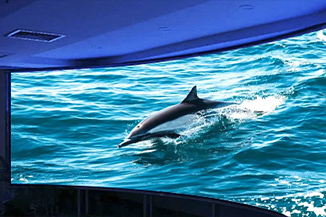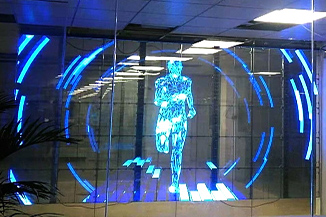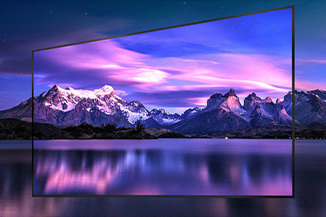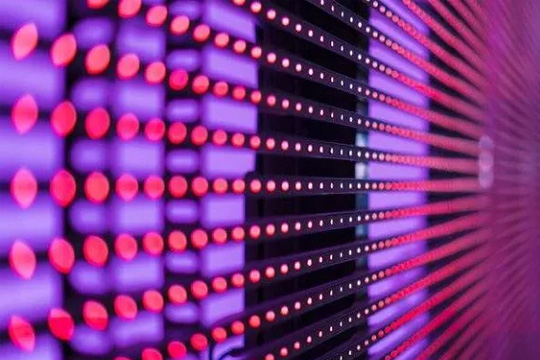Publisher: Supplier of LED Display Time: 2024-11-12 17:45 Views: 1311
LCF editor will share the LED display common faults and repair methods in this article.
(i) black screen failure
1. power supply problems
- First check whether the power supply is normal power supply. Check whether the power indicator light is on, if the indicator light is not on, use a multimeter to measure whether the power output voltage is within the specified range. If the voltage is abnormal, the power supply may be damaged and need to be replaced with a new power supply.
- Check whether the power supply line is broken or short-circuited. Check along the power supply line to see if there are obvious signs of breakage or burning. For poor connections, you can reinsert and remove the power cord connectors to ensure a firm connection.

2. Control system failure
- Check the transmitter and receiver cards. Check the status of the indicator lights on the card and judge whether there is a fault according to the flashing pattern of the indicator lights. If the indicator lights are abnormal, try to re-insert and remove the cards, or reinstall the driver and control software on the computer to check if the settings are correct.
- Check whether the signal cable is connected properly. Loose or damaged signal cable may cause the signal can not be transmitted to the display, re-plug or replace the signal cable, especially check the interface whether there is a bent or damaged pins.
(ii) Failure of Flowering Screen
1. Signal transmission problems
- Check the quality and connection of the signal cable. Loose or poor quality signal cable may lead to signal interference and splash screen phenomenon. You can try to replace the signal cable or use a shielded cable to reduce electromagnetic interference.
- Check whether the resolution and refresh rate settings of the display match the input signal source. Adjust the settings in the control software to ensure that the parameters are correct. If intermediate devices such as video processors are used, also check whether their settings are correct.
2. LED bead or driver chip problem
- Individual lamp bead damage may cause localised splash screen. By observing the display, find out the area of display abnormality, and use a multimeter to detect the lamp bead and driver chip in the area. If the lamp bead is found to be damaged, it can be replaced using soldering tools. For driver chip failure, professional techniques and equipment are required for replacement, contact the manufacturer or professional maintenance personnel if necessary.
(iii) Uneven brightness fault
1. Uneven power supply
- Check whether the power supply distribution is even. For large LED display, there may be more than one power supply, if the output voltage of a power supply is unstable or insufficient power, it will lead to the corresponding regional brightness abnormality. Use a multimeter to measure the output voltage of each power supply to ensure that it is consistent and within the normal range. If power supply problems are found, replace or adjust them promptly.
- Check whether the resistance of the power supply lines is even. Aging or poor contact of the wiring may cause the resistance to increase, reducing the voltage and dimming the brightness in some areas. Repair or replace the faulty wiring section.
2. Aged or damaged LED beads
- After prolonged use, some of the lamp beads may age, reducing luminous efficiency and resulting in uneven brightness. Detect the lamp beads in the area by observing the display and marking the area with significantly lower brightness. Replace lamp beads that are badly aged or damaged. At the same time, you can appropriately increase the overall brightness to make up for the impact of aging part of the lamp beads, but be careful not to exceed the rated parameters of the lamp beads.
(iiii)Partial display failure
1. lamp bead failure
- This is the most common cause of partial display loss. Use a magnifying glass and other tools to carefully observe the missing display area of the lamp beads, to see if there is a lamp bead black, not bright and so on. If it is a single lamp bead failure, you can use welding tools to replace it. If multiple lamp beads are damaged consecutively, it may be necessary to check the circuitry in that area for short circuits or overcurrent problems.
2. Circuit Connection Problems
- Check the circuit connections of the display, including solder joints and wires on the circuit board. Loose solder joints or damaged wiring may prevent the signal from being transmitted to the appropriate lamp bead area. Re-solder the loose solder joints, and for damaged wires, replace them with new ones. At the same time, check whether there are signs of short circuit or broken circuit on the circuit board, use a multimeter to detect and troubleshoot.
In a word, the maintenance of LED display requires the maintenance personnel to have solid knowledge of electronic technology and rich practical experience.LCF reminds you that by making good preparations before maintenance, being familiar with the maintenance methods of common failures, and strengthening the daily maintenance and preventive measures, you can effectively guarantee the normal operation of the LED display, prolong its service life, so that it will continue to bring us a wonderful visual presentation.
LCF is a collection of R & D, intelligence, sales, operation, service in one of the national speciality and new small giant enterprises, national high-tech enterprises. If you need to buy LED electronic display friends can also directly contact the LED display manufacturer LCF, big country brand, trustworthy!

